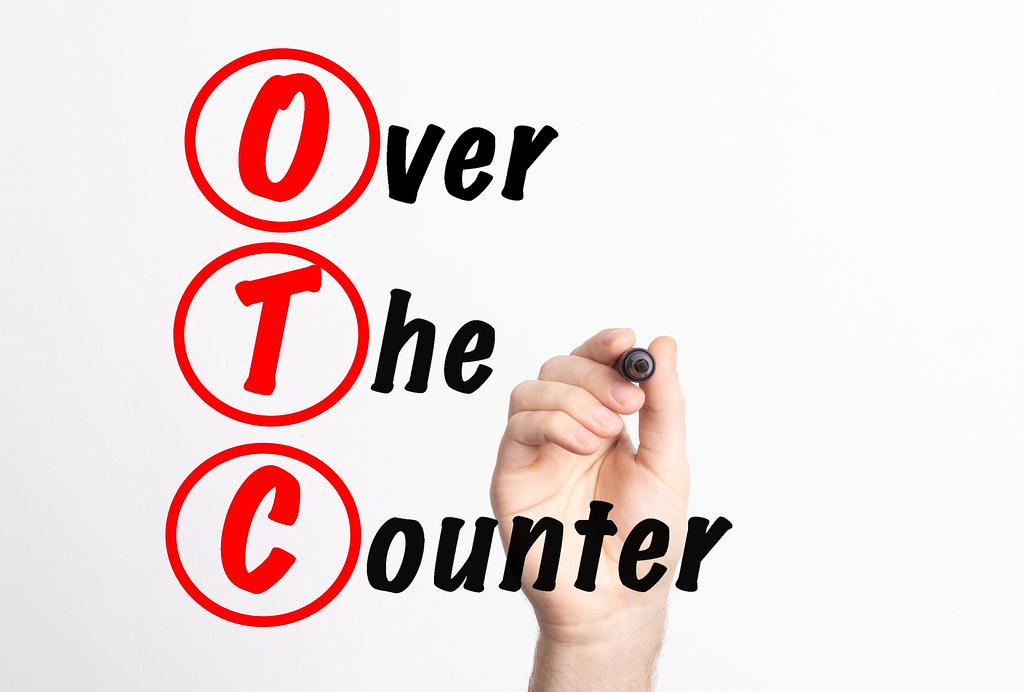Top 10 Cryptocurrency Acronyms Every Beginner Should Know
Cryptocurrency is an environment that grows and changes all the time. And as this ecosystem changes and gets more complicated, more and more jargon is used to talk about it. Acronyms are used a lot in cryptocurrency conversations, and if you don't know the terms, it's hard to...

Cryptocurrency is an environment that grows and changes all the time. And as this ecosystem changes and gets more complicated, more and more jargon is used to talk about it. Acronyms are used a lot in cryptocurrency conversations, and if you don’t know the terms, it’s hard to understand general information. Here are ten of the most common acronyms that everyone should know about cryptocurrency.
10. GPU
The “Graphics Processing Unit” (GPU) is a part of a computer that is usually in charge of quickly making and displaying images. It is often used to support computer games. But graphics processing units (GPUs) are very important for a number of Proof-of-Work-based cryptocurrencies. In recent months, there has been tension between players and miners because the increase in miners has caused an unprecedented demand for GPUs, which has led to shortages on the market and higher prices for the hardware that is still available.
9. OTS
“Over the counter” means that a trade is made without using an exchange service. In OTC trading, buyers and sellers agree on the exchange rate for a certain currency and deal with each other directly, often with the help of a trusted escrow. Teams that buy or sell to large private investors often trade with each other over-the-counter.
8. ATH
“All Time High” (record price) is the highest price that a coin has ever reached. It can be shown both in BTC and in USD. Of course, it’s fun to hold a coin as it hits one ATH after another. And the process of a long-term, permanent drop in the exchange rate of the coin held from its ATN is not at all pleasant.
7. BCH
“Bitcoin Cash,” or rather its abbreviation, has caused a lot of trouble. There was a campaign by people who didn’t believe in BCH to call this split of Bitcoin BCash instead of Bitcoin Cash. Supporters of Bitcoin Cash and even Roger Ver, the CEO of the coin, were very angry about this. They saw the BCash campaign as a malicious attack on the BCH community.
6. DEX
People often say that “decentralized exchanges” are the future of trading cryptocurrencies. Traditional centralized exchanges have failed users over and over again because of hacks, bad support, lack of scalability, changes in the law, and other problems. Because of this, many people in the cryptocurrency community have seen DEX solutions as long-term solutions to these problems. On the DEX, both buyers and sellers keep control of their own money. The DEX is just a middleman between buyers and sellers who want to do business directly.
5. FUD
“Fear, Uncertainty, and Doubt” refers to the way that bad people try to lower the price of a coin in any way they can. FUD is often used to get people who own coins to sell them by spreading false or misinterpreted news. For example, the FUD that China was going to ban Bitcoin was fake news.
4. FOMO
“Fear Of Missing Out” is the opposite of “Fear, Uncertainty, and Doubt.” It is a similar strategy, but it is used to drive up the price of the coin. FOMO shows up as both natural and planned hype, as well as breaking news and price spikes. FOMO is pushed away by investors who buy a coin with their ATH but lose money and end up with coins that are much cheaper than when they bought them.
3. ICO
“ICO” stands for “Initial Coin Offering,” which is one of the most common terms in the cryptocurrency world. ICO is a way to raise money by launching and relaunching cryptocurrencies. Most new projects’ future success will depend mostly on how well their ICO goes.
2. BTFD
“Buy the F***ing Dip” is a way to trade that means to buy a coin that just dropped in price. Even, and because of FUD. But sometimes these dips are natural, and the people who bought a coin using BTFD may be the ones who lose. This means that they have to start a new wave of FOMO to get the price back up as soon as possible.
1. DYOR
“Do your own research” is probably the most common piece of advice when it comes to trading cryptocurrencies and investing in general. DYOR says that traders shouldn’t make financial decisions until they’ve used DYOR’s due diligence to make sure they aren’t being driven by FUD, FOMO, or any other act of spreading malicious or just wrong information. All successful traders spend time on DYOR. This is the only thing they all have in common.
Bonus
HODL is not an acronym in the strictest sense. It started with a drunk post on the Bitcointalk forum in December 2013, when the BTC price dropped by almost $1,000 from its all-time high. Since then, Hodl has become a joke that people all over the world have heard. Someone recently suggested that HODL means “hold on for dear life” (to cling to dear life). Even though this interpretation isn’t historically accurate, it fits with how Hodl is often used in the community.
